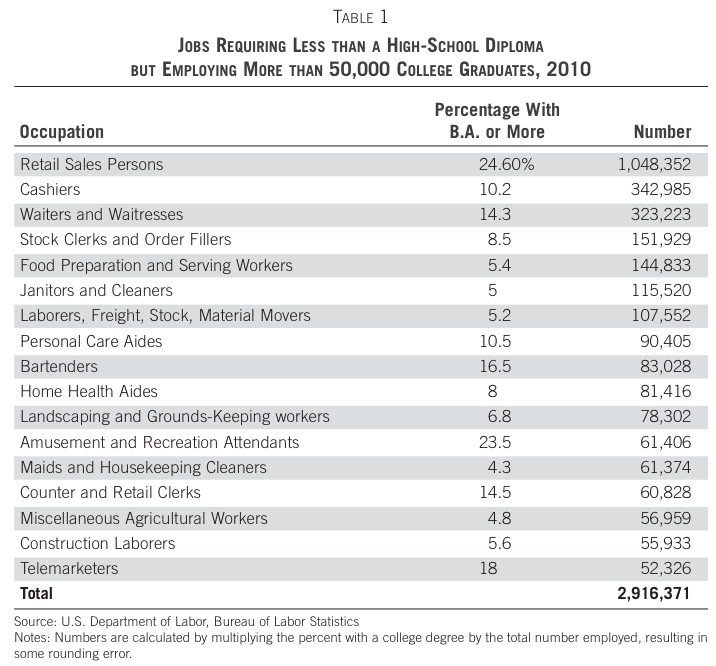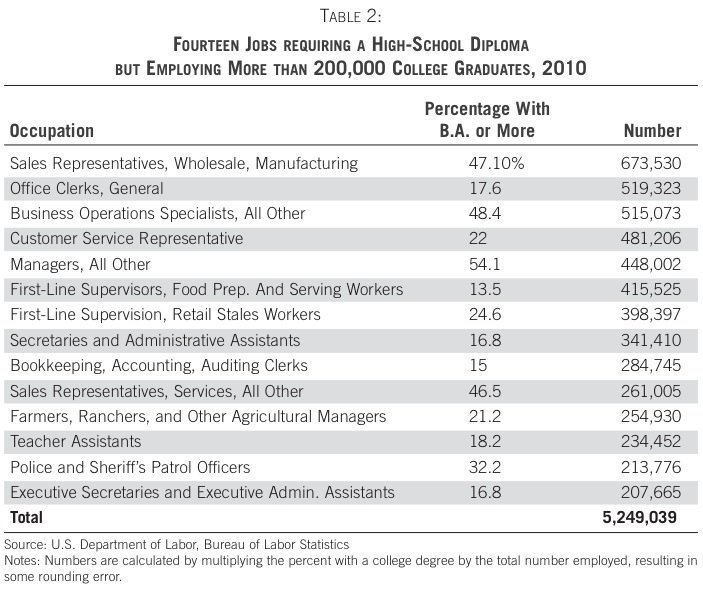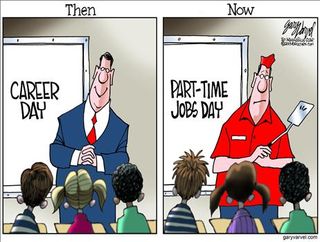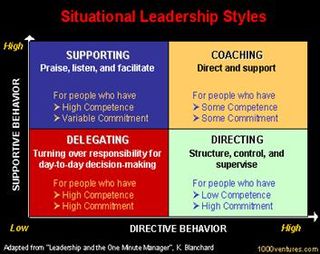I’ve recently been listening to the audio book
edition of the classic Selling the Invisible by Harry
Beckwith.
You might think that I picked this title as a
means of improving our sales within Tidemark, but you’d be mistaken. I did read this book a few years ago for
that purpose, but this time I wanted to think through how proven marketing ideas could help you improve the recruiting process.
It’s been my observation that most well-run real
estate companies understand that they are not only in the real estate
transaction business, but also in the agent recruiting business. Gaining
market share means performing both functions well.
I’ve also noticed that top recruiting companies share
a common defining characteristic—their management teams tend to seek out any
and all information that might lead them to increased results. There is a solid
correlation between openness to assessment/feedback and steady improvement.
Those who are not willing to track, examine,
metric, compare, and seek improvement (including challenging long-held beliefs)
will invariably underperform their competitors and peers.

As I was listening to Selling the Invisible from
this perspective, I wrote down several principles that differentiate the best
recruiting companies behavior from those who struggle. Here are some of
the standout differentiators and my comments beside each one:
Assume your service is bad. It can't hurt, and it
will force you to improve. It is so uncanny how the best leaders I
have ever met in my entire life have always made this assumption. Conversely
the worst have an arrogant stance of "we've figured it out." I have
learned a great deal through the humility of these fine leaders.
Ignore your industry's benchmarks, and copy
Disney's. The point here is to surprise the candidate. Remember the
blog we did on the offices that display a welcome sign with each candidate’s
name before every interview?
Big mistakes are big opportunities. If
you aren't' performing well, see it as a time to examine, learn and improve. If you make a mistake with a candidate,
follow it with an apology, a gift card, and a promise to improve. This will typically work wonders to reversing
the course of the hiring process for most people.
Don't just think better. Think different. Be open to
out of the box ways of understanding a dilemma. Don't get so locked into old
belief systems that you aren't willing to entertain other ways of seeing
realty. You just might discover something revolutionary.
Don't just create what the
market needs or wants. Create what it would love. For recruiting, the market is the candidates you’re interviewing. The thing that all
candidates love is to be understood thoroughly before making any bold
statements about how you can solve their pain.
Every act is a marketing
act. Make every employee a marketing employee. From
the first contact with a candidate until he hands you his license, every touch
with him is a marketing message.
What does each step in
your recruiting process suggest to a candidate? The candidates who will turn into top
producing agents will be intuitively sensitive to how they are being treated
(this is part of what will make them great agents).
If anyone on your team is
not treating them with the upmost amount of respect, they WILL go elsewhere. If
you’re waiting for agents to prove themselves before treating them with this
respect, you ARE losing the best candidates.
In most professional
services, you are not really selling expertise – because your expertise is
assumed, and because your prospect cannot intelligently evaluate your expertise
anyway. Instead you are selling a relationship.
Hopefully this speaks for itself.
Which of the above
principles can you improve upon? Which are strengths? Which are
weaknesses? Know that it is easier to see
the weaknesses in others rather than yourself, so you might want to re-read the
list a couple of times and make it a point of discussion with some of your peers.
Make sure you don’t miss
the first point as you process this information– we all must entertain a
need for improvement if we want to grow.
Join the WorkPuzzle Discussion at the Tidemark Online Community (TMOC)
Engage in the WorkPuzzle discussion by joining the TMOC private social network. Commenting on a public blog like WorkPuzzle can be a little intimidating, so why not join the discussion inside the privacy of the TMOC discussion group?
By joining TMOC, you'll get to see who else is in the group and your comments will only be seen by those whom you trust. Joining TMOC is quick, easy, and free (no kidding…this takes less than 2 minutes). To get started, click here.
Already of a member of TMOC? If so, join the WorkPuzzle Dialog Group by clicking on the WorkPuzzle Group icon on the left side of your TMOC homepage. Questions? Email the WorkPuzzle editor (workpuzzle@hiringcenter.net) and we'll walk through the process.
 Editor's Note: This article was written by Dr. David Mashburn. Dave is a Clinical and Consulting Psychologist, a Partner at Tidemark, Inc. and a regular contributor to WorkPuzzle.
Editor's Note: This article was written by Dr. David Mashburn. Dave is a Clinical and Consulting Psychologist, a Partner at Tidemark, Inc. and a regular contributor to WorkPuzzle.













